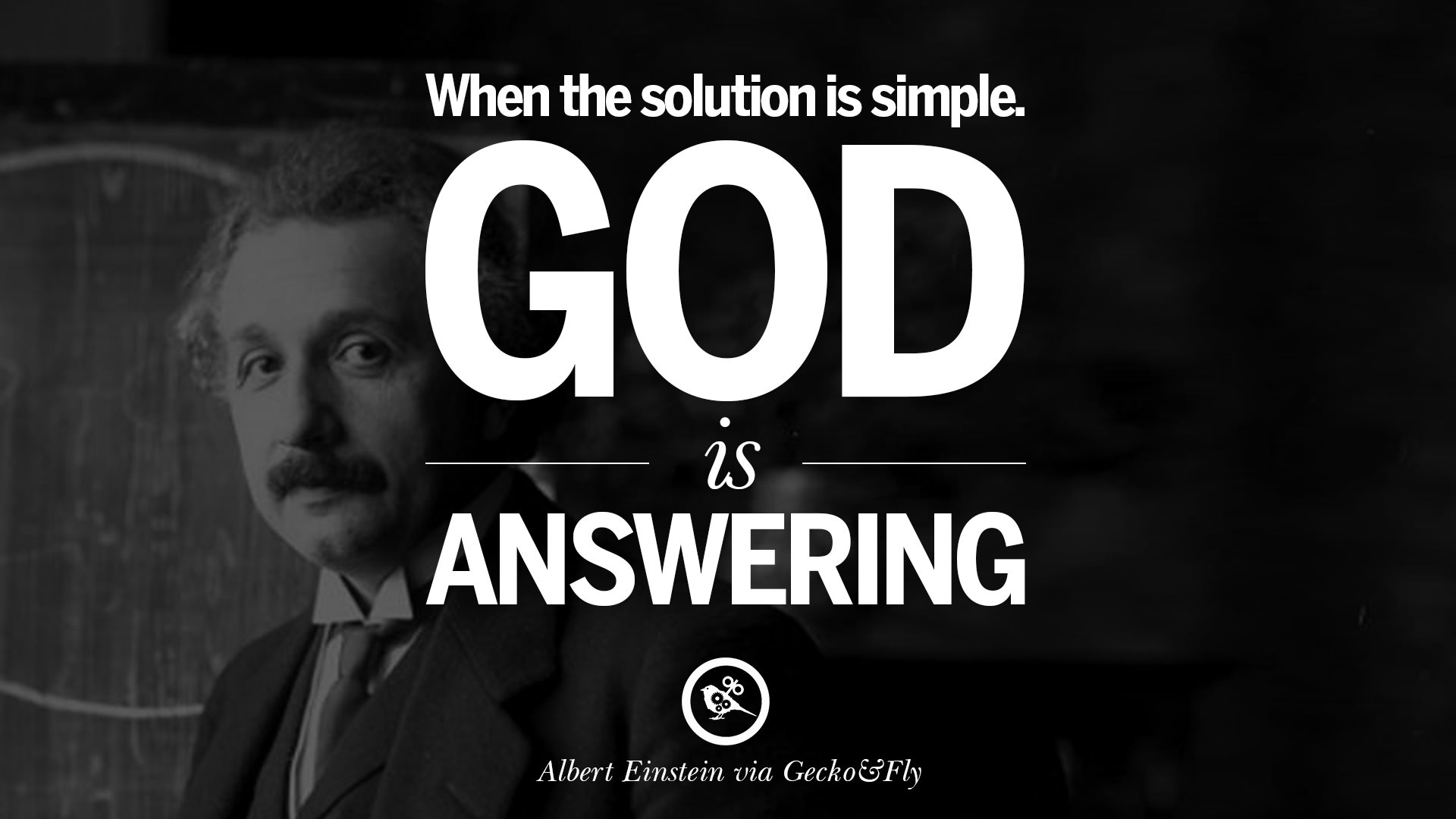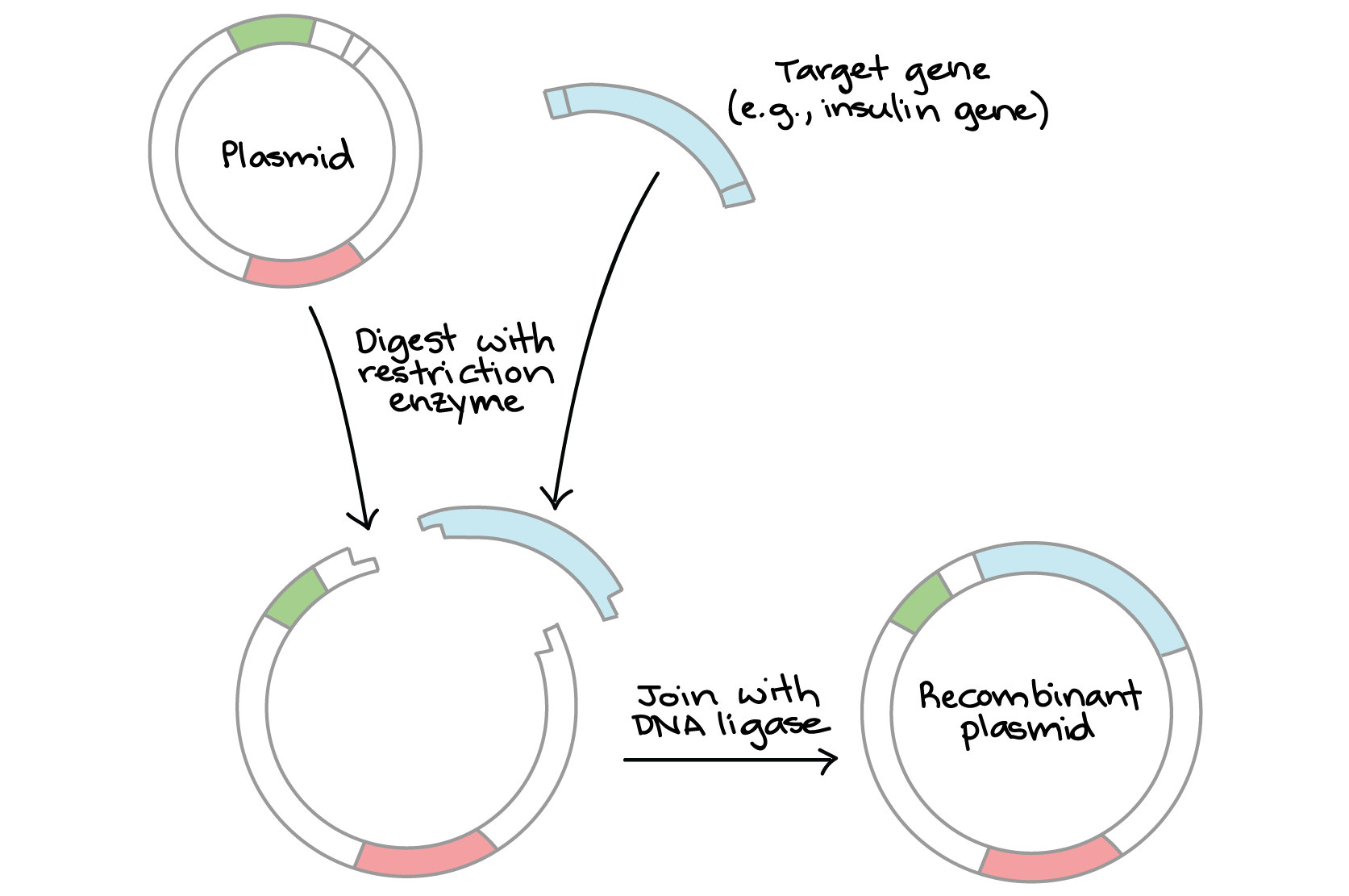Collaboration is the key to success. I’ve had the opportunity participate in the gift of collaboration through the research proposal peer review process. This process made me feel more confident upon submitting my final draft. Having outside perspective and a second pair of eyes to review my work allowed me to explore my strengths and weaknesses when writing a research proposal. I felt the critiques were sound and helped to sharpen my writing abilities overall.
![Collaboration is a key [to success]. It really is | Picture Quotes](http://img.picturequotes.com/2/671/670462/collaboration-is-a-key-to-success-it-really-is-quote-1.jpg)
When it comes to my thinking process and writing process when it comes to experimental design, I can definitely consider the constructive criticism given by my peers.
As an avid writer, outside of scientific research, I’m inspired to collaborate with other readers to review my work before publishing my next book!


